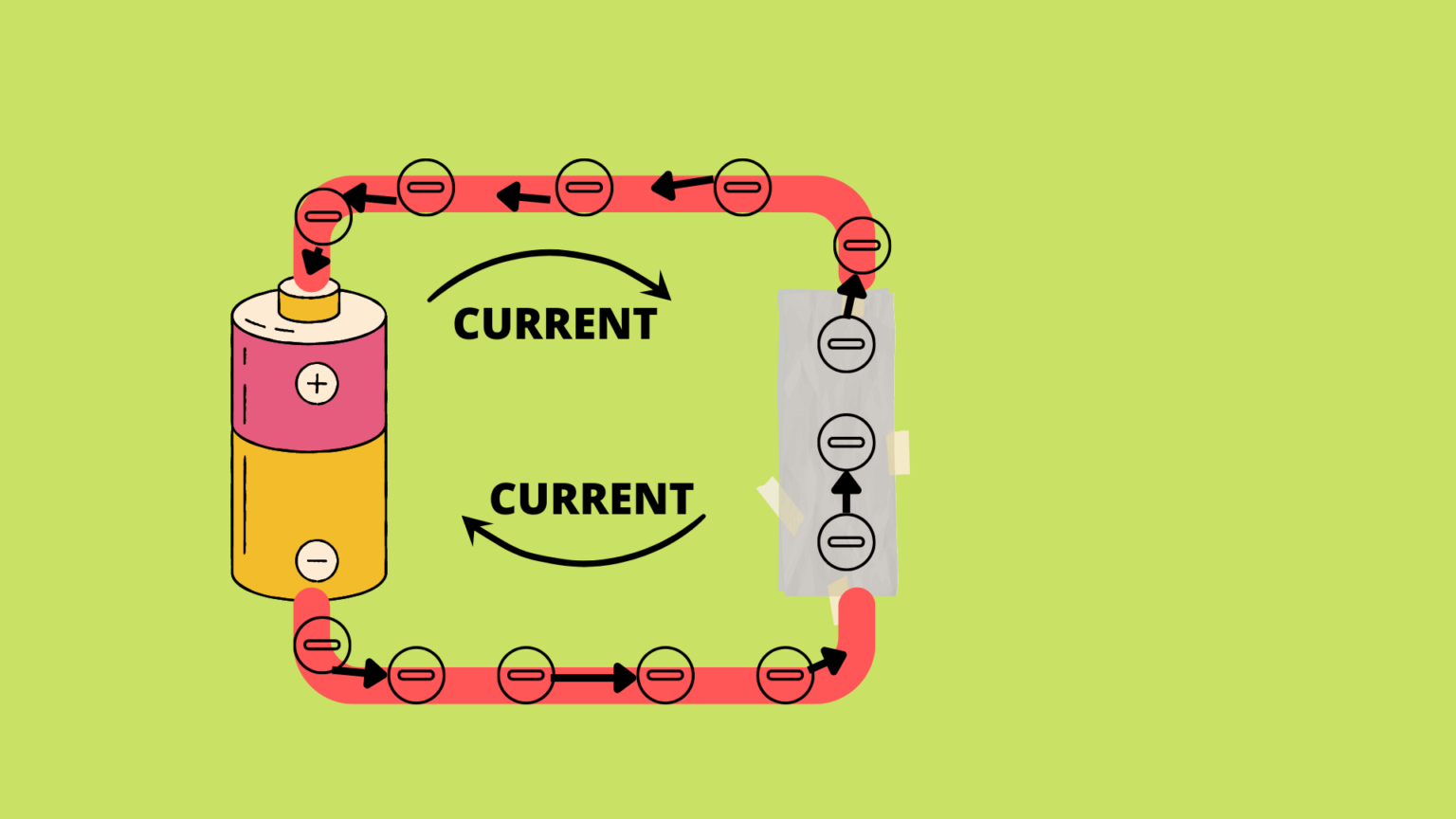Decoding Iran's Ultimate Authority: The Supreme Leader's Enduring Legacy
Table of Contents
- Ayatollah Ali Khamenei: A Biography of Power
- The Role and Authority of Iran's Supreme Leader
- Key Milestones and Challenges Under Khamenei's Leadership
- Iran's Foreign Policy Under the Supreme Leader
- The Supreme Leader's Public Persona and Engagement
- Understanding the Supreme Leader's Enduring Influence
- Personal Data and Biodata: Ayatollah Ali Khamenei
- Conclusion: The Future of Iran's Leadership
Ayatollah Ali Khamenei: A Biography of Power
The journey of Ayatollah Ali Khamenei to becoming the current Supreme Leader of Iran is a testament to a life deeply intertwined with the Islamic Revolution and the subsequent shaping of the Islamic Republic. His path was not predetermined but forged through years of religious study, political activism, and a close association with the revolution's founder. To truly grasp the significance of his leadership, one must first understand the man behind the title.Early Life and Revolutionary Roots
Born in 1939 into a religious family of modest means in Mashhad, a pilgrimage city in eastern Iran, Mr. Khamenei's early life was marked by scholarly pursuits and a growing awareness of the political turmoil gripping Iran. Mashhad, a center of Shia learning, provided fertile ground for his theological education. He came of age in the years leading up to the Islamic Revolution, a period characterized by widespread discontent with the Western-backed monarchy of Mohammad Reza Pahlavi, Iran's last Shah. His studies led him to Qom, the spiritual heart of Iran, where he became a student of Ayatollah Ruhollah Khomeini. This mentorship proved pivotal, shaping Khamenei's religious and political ideology. He actively participated in the revolutionary movement, enduring imprisonment and exile under the Shah's regime for his activism. This period of struggle not only solidified his commitment to Khomeini's vision but also earned him significant revolutionary credentials, positioning him as a trusted aide to the charismatic leader. His experiences during these formative years instilled in him a deep understanding of the Iranian populace's aspirations and grievances, which would later inform his leadership style.From President to Supreme Leader: The Path to Power
Following the triumph of the Islamic Revolution in 1979 and the establishment of the Islamic Republic, Ayatollah Ali Khamenei quickly rose through the ranks. He served as the president of Iran from 1981 to 1989, a critical period that included Iran’s war with neighboring Iraq, led by Saddam Hussein. This conflict, which lasted from 1980 to 1988 and is known in Iran as the “Sacred Defense,” was a defining moment for the young republic. As president, Khamenei played a significant role in managing the country during this brutal eight-year war, gaining invaluable experience in national governance and defense. His presidency concluded with the death of Ayatollah Ruhollah Khomeini in 1989. Khomeini, who had led Iran for 10 years after toppling the Shah, left a void that needed to be filled by a figure capable of maintaining the revolution's integrity and guiding the nation. Against expectations, the Assembly of Experts, the body responsible for selecting the Supreme Leader, chose Ayatollah Ali Khamenei to succeed Khomeini. This transition marked a profound shift, elevating him from a prominent political figure to the country's ultimate religious and political authority. Since then, Khamenei has led Iran, becoming the longest-serving Supreme Leader and the key figure in Iranian political life for more than 40 years.The Role and Authority of Iran's Supreme Leader
The concept of the Supreme Leader in Iran is unique in modern political systems, combining theocratic principles with a republican framework. This position, formally known as the "Vali-e Faqih" or "Guardianship of the Islamic Jurist," grants its holder unparalleled authority over all aspects of Iranian life. The current Supreme Leader of Iran, Ayatollah Ali Khamenei, exercises this power through a complex web of institutions and a deep-seated influence over the nation's direction.The Assembly of Experts and the Election Process
A crucial aspect of the Supreme Leader's legitimacy is the process by which he is chosen. The Supreme Leader of Iran is elected by the Assembly of Experts (Persian: Majles-e Khobregan), a body comprising 88 highly qualified clerics. These clerics are themselves elected by direct public vote every eight years. The Assembly's primary responsibility is to select, supervise, and, if necessary, dismiss the Supreme Leader. This electoral mechanism is designed to imbue the Supreme Leader with both religious legitimacy (as a leading jurist) and a form of indirect popular mandate. However, once elected, the Supreme Leader's power extends far beyond the reach of the Assembly. He is not merely a figurehead but the ultimate decision-maker on all strategic national issues, from foreign policy to defense, and even cultural matters. This unique electoral system aims to balance the principles of popular sovereignty with the foundational Islamic principles of the revolution, ensuring that the country's leadership remains rooted in religious scholarship and revolutionary ideals.Unparalleled Influence: Political and Religious Authority
Ayatollah Ali Khamenei, as the current Supreme Leader, holds the most powerful position in Iran. His authority is comprehensive, encompassing both political and religious domains. He serves as the commander-in-chief of the armed forces, directly overseeing the Islamic Revolutionary Guard Corps (IRGC) and the regular army. He also has authority over the national police and the judiciary, appointing their heads and ensuring their alignment with the revolution's principles. Beyond these direct appointments, the Supreme Leader's influence permeates every layer of the government. He sets the general direction for state policies, and his approval is required for all major decisions. He appoints the heads of the state-run media, members of the Guardian Council (which vets legislation and electoral candidates), and many other key figures. His pronouncements on religious and social matters carry immense weight, guiding the moral and cultural landscape of the country. This dual role as both the supreme political authority and the leading religious jurist grants him an unparalleled and largely unchallenged grip on power, making him the central figure in Iranian political life.Key Milestones and Challenges Under Khamenei's Leadership
Ayatollah Ali Khamenei's tenure as the current Supreme Leader of Iran has been marked by a series of significant domestic and international events that have tested the resilience of the Islamic Republic. Having assumed leadership in 1989, a pivotal year following the end of the devastating Iran-Iraq War and the passing of the revolutionary founder, Ruhollah Khomeini, Khamenei faced the immediate challenge of consolidating power and guiding a nation in recovery. The "Sacred Defense" against Iraq, which concluded just before his ascension, left a profound mark on Iran, shaping its strategic outlook and fostering a deep sense of national unity and self-reliance. Under his leadership, Iran has navigated complex geopolitical landscapes, including the post-Cold War era, the rise of global terrorism, and increasing regional rivalries. Domestically, his rule has seen periods of reformist movements, conservative resurgence, and significant economic pressures exacerbated by international sanctions. He has consistently emphasized self-sufficiency and resistance against external pressures, particularly from the United States and its allies. His long experience, including his years as president during the war, has undoubtedly informed his approach to these challenges, fostering a pragmatic yet unyielding stance on national sovereignty and revolutionary principles. The ongoing development of Iran's nuclear program, a central point of contention with Western powers, has also been a defining feature of his leadership, viewed by Tehran as a matter of national pride and strategic deterrence.Iran's Foreign Policy Under the Supreme Leader
The foreign policy of Iran is ultimately dictated by the current Supreme Leader, Ayatollah Ali Khamenei. His pronouncements and directives shape the country's engagement with the world, particularly concerning its adversaries and allies. Khamenei's worldview is deeply rooted in the principles of the Islamic Revolution, emphasizing independence, resistance against perceived imperialist powers, and support for Islamic movements globally. This stance is frequently articulated in his public addresses. For instance, Iran’s Supreme Leader Ayatollah Ali Khamenei in his latest address to the country said that any ‘US military intervention will undoubtedly be met with irreparable harm’. This strong rhetoric underscores Iran's determination to defend its sovereignty and interests against what it perceives as foreign aggression. Similarly, Iran’s Supreme Leader reacts to air strikes by Israel and US rhetoric, consistently condemning such actions and reaffirming Iran's right to respond. These reactions are not merely verbal but often translate into strategic actions, including support for regional proxies and the development of advanced military capabilities. Under Khamenei, Iran has pursued a foreign policy aimed at strengthening its "Axis of Resistance" in the Middle East, challenging the regional influence of the United States and Israel, and fostering alliances with countries that share its anti-hegemonic views. His consistent messaging on these issues leaves no doubt as to who holds the ultimate authority over Iran's international posture.The Supreme Leader's Public Persona and Engagement
Despite holding the highest office in Iran, Ayatollah Ali Khamenei maintains a carefully cultivated public persona that balances his religious authority with his role as a national leader. His public appearances are often meticulously managed, conveying messages of strength, piety, and unwavering commitment to the revolution's ideals. These engagements serve as crucial platforms for him to communicate directly with the Iranian populace and articulate the state's policies and principles. Photos released by the official website of the Office of the Iranian Supreme Leader, such as one showing Supreme Leader Ayatollah Ali Khamenei speaking to a group of people and officials in Tehran, Iran, on a specific date (e.g., Friday, March 21, 2025, as per a file photo), illustrate his ongoing public engagement. These images, often circulated via official channels like the Office of the Iranian Supreme Leader via AP, file, portray him as an accessible yet revered figure, connecting with various segments of society. Another common sight is Iran's Supreme Leader Ayatollah Ali Khamenei waving to the crowd as he arrives for a ceremony marking the anniversary of the 1989 death of the late revolutionary founder Ayatollah Khomeini at his shrine. Such events are highly symbolic, reinforcing his lineage from Khomeini and his role as the guardian of the revolution's legacy. These public displays are vital in projecting an image of stability and continuity, assuring the public of the enduring strength of the Islamic Republic under his guidance.Understanding the Supreme Leader's Enduring Influence
The longevity and profound impact of Ayatollah Ali Khamenei's leadership are central to understanding contemporary Iran. Having served as the current Supreme Leader since 1989, Khamenei is the longest-serving head of state in the Middle East and the longest-serving Supreme Leader in Iran's history. His more than three decades at the helm have allowed him to shape generations of Iranian political and military leaders, consolidate the structures of the Islamic Republic, and define its strategic direction for the foreseeable future. Iran's Supreme Leader, Ayatollah Ali Khamenei, has been the key figure in Iranian political life for more than 40 years, counting his time as president. This extended period of influence has enabled him to meticulously craft the country's policies, from its nuclear program to its regional foreign policy, ensuring continuity with the revolutionary ideals while adapting to evolving global circumstances. The question of "But how did Khamenei, who has ruled Iran for over three decades, become the country’s most powerful figure?" is answered by his unique position as both the religious guide and the ultimate political authority. His ability to navigate complex internal factions, maintain the loyalty of key institutions like the IRGC, and project an image of unwavering resolve against external pressures has solidified his position. His enduring influence means that even after his eventual succession, the policies and principles he has championed are likely to continue to guide Iran's trajectory for years to come.Personal Data and Biodata: Ayatollah Ali Khamenei
To provide a concise overview of the current Supreme Leader of Iran, Ayatollah Ali Khamenei, here is a summary of his key personal and professional data: | Category | Details- Nickelback Chad Kroeger Wife
- Who Is Whitney Cummings Dating
- Kim Christiansen Age 9news
- Alex Guarnaschelli Boyfriend
- Kelly Crull Husband

Current Electricity-Definition, Types, And Uses

CBSE Class 10 Physics Magnetic Effects of Electric Current Important

What is an electric current? – Electricity – Magnetism